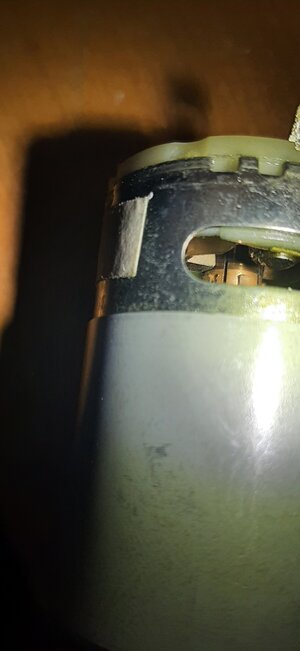I have a problem with Fanmaster Carver 1800SC. The stove heats up, but there is no good heat transfer due to the slow operation of the fan.
When I set it to AUTO FAN GAS, the fan does not work at full speed, the voltage at the connector is 8.7V, when it is set to SLOW FAN GAS, the voltage at the connector is 5.67V. The BD679 transistor gets very hot after a few minutes, probably because the C-E voltage = 2.7V.
Voltage Base to ground in AUTO FAN operation = 9.86V and in SLOW FAN mode = 5.96V.
The transistor has been replaced, it also heats up.
The motor connected directly to the battery works normally and has a higher speed than from the electronics board (it is ok, maintained).
Please help, why is this happening?
Thank you very much and sorry for my poor English
When I set it to AUTO FAN GAS, the fan does not work at full speed, the voltage at the connector is 8.7V, when it is set to SLOW FAN GAS, the voltage at the connector is 5.67V. The BD679 transistor gets very hot after a few minutes, probably because the C-E voltage = 2.7V.
Voltage Base to ground in AUTO FAN operation = 9.86V and in SLOW FAN mode = 5.96V.
The transistor has been replaced, it also heats up.
The motor connected directly to the battery works normally and has a higher speed than from the electronics board (it is ok, maintained).
Please help, why is this happening?
Thank you very much and sorry for my poor English


